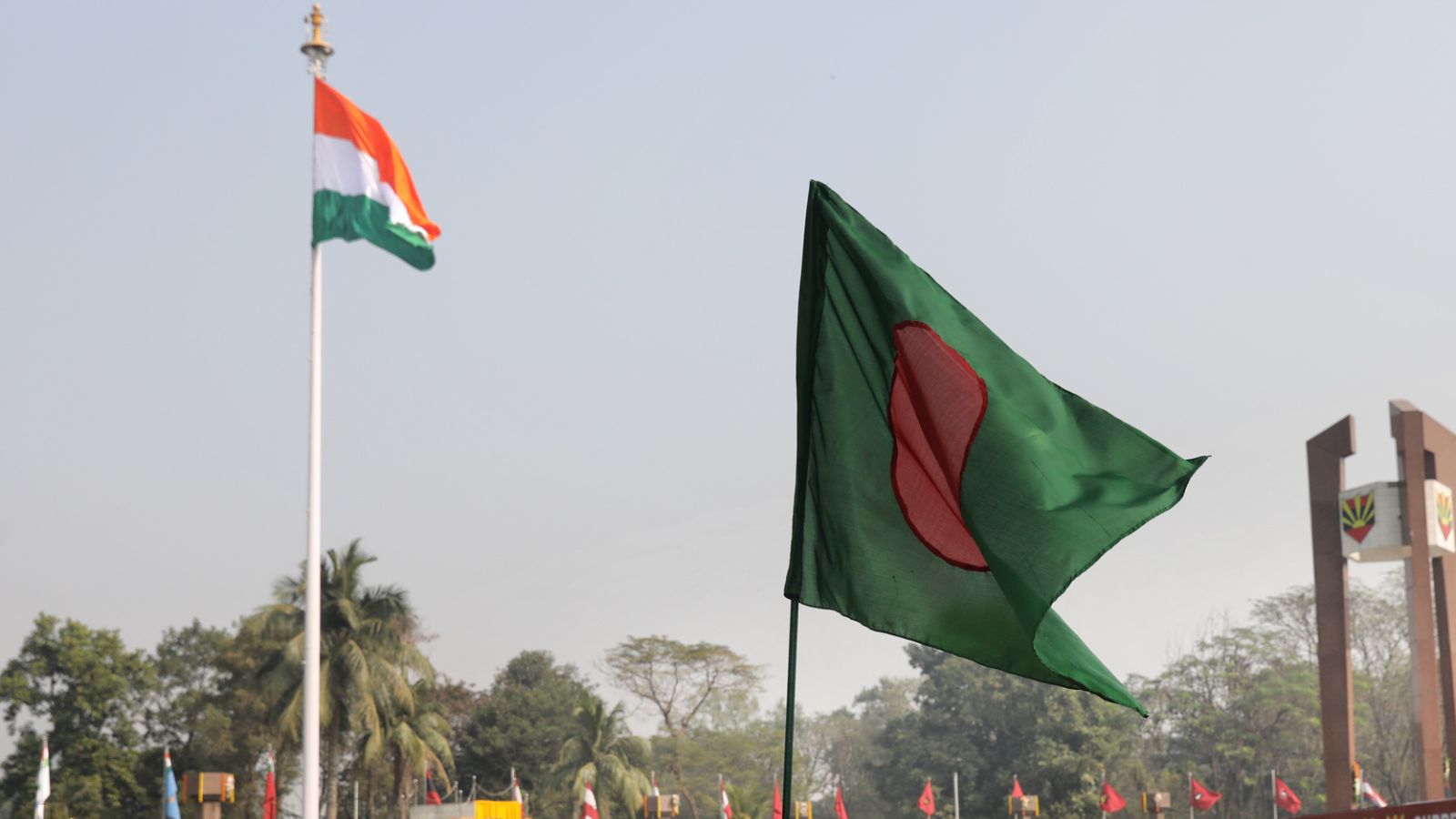 |
|
The relationship between India and Bangladesh is a tapestry woven with threads of shared history, mutual dependence, and persistent challenges. The recent visit by Indian Foreign Secretary Vikram Misri to Dhaka, preceding Vijay Diwas (the anniversary of the 1971 liberation war victory), underscored the critical need for ongoing dialogue amidst rising anti-India sentiment in Bangladesh and protests within India. This complex relationship, born from the crucible of the 1971 war where India played a pivotal role in Bangladesh's liberation, has seen periods of strong cooperation and significant tension. The initial post-liberation era, under Bangabandhu Sheikh Mujibur Rahman, witnessed a strong bond. However, Bangladesh's pursuit of independent foreign policy and the assassination of Sheikh Mujibur Rahman in 1975, leading to periods of military rule, significantly impacted the trajectory of the relationship. Subsequent years saw a fluctuating dynamic, with progress made under Sheikh Hasina's leadership, marked by increased cooperation on security issues and the resolution of the long-standing land boundary dispute.
The economic relationship between India and Bangladesh is marked by substantial Indian investment in Bangladesh's infrastructure. India's significant development assistance, totaling approximately $8 billion, has funded crucial projects in railway links, power generation, road infrastructure, and port development. This economic interdependence, while beneficial for Bangladesh's development, has also created concerns about economic dependence on India, fueling some of the anti-India sentiment. This economic asymmetry is further complicated by a significant trade imbalance heavily favoring India. Despite preferential market access granted by India, non-tariff barriers and infrastructural constraints hinder Bangladesh's exports, leading to persistent calls for a more balanced economic engagement. This imbalance is not just an economic issue; it fuels political anxieties and contributes to the perception of Indian dominance.
The recent political developments in Bangladesh, including the installation of an interim government, have introduced new complexities into the bilateral relationship. Anti-India sentiment, while not entirely new, has been amplified by various factors. These include perceptions of India's support for the Awami League government, concerns about economic dependence, unresolved issues like water sharing (particularly regarding the Teesta River), and allegations of border killings. The rise of social media has further exacerbated these sentiments, with young Bangladeshis expressing anxieties about Indian influence in the region. Regional geopolitical dynamics, particularly China's growing influence, also contribute to the complexities of this relationship. This requires careful navigation by both countries' diplomatic establishments, balancing the need to maintain strong institutional ties with sensitivity to public opinion. This presents a significant diplomatic challenge, necessitating a nuanced approach that addresses both the underlying issues and the amplified public perceptions.
Moving forward, the India-Bangladesh relationship presents both opportunities and challenges. The potential for economic cooperation remains substantial, particularly in leveraging improved connectivity infrastructure and exploring emerging sectors like digital commerce and renewable energy. The connectivity to Northeast India via Bangladesh presents a significant opportunity for economic growth benefiting both countries. Initiatives like the Bangladesh-Bhutan-India-Nepal (BBIN) offer frameworks for regional integration. However, managing public perception and resolving long-standing issues, such as the Teesta water sharing dispute and trade imbalance, is crucial for a sustainable and robust relationship. The shared history and cultural ties provide a solid foundation, but nurturing these ties in a rapidly changing geopolitical landscape demands continuous engagement and a strategic approach. As Bangladesh continues its economic growth and aims for a more significant regional role, the relationship with India must transition from a model of dependency to a true partnership, demanding wisdom, patience, and strategic vision from both sides. The commitment from the Indian Foreign Secretary to work with both the interim and the future elected government underscores India's dedication to strengthening people-to-people ties and fostering further economic growth.
